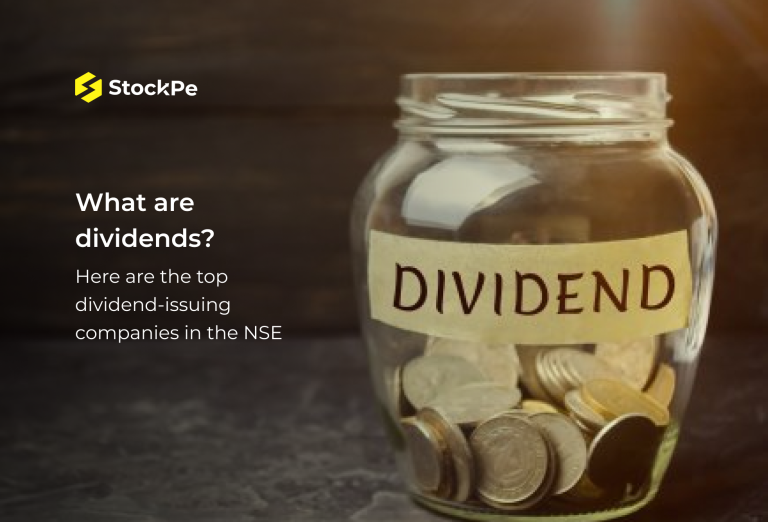Stock options are quite popular in most organizations, especially among new firms, technology firms, and even large companies. The company grants the employees a chance to purchase the company’s stock at a given price known as the strike price, thus stand to make huge profits in case the company’s stock’s value rises. Knowledge of its various details, including how stock options work is important if one is to maximize on this kind of incentive.
What Are Stock Options?
Stock options are part of the equity-based compensation that allows the holder to buy the company’s stock at a specific price after a specific time in the future. Unlike regular pay, bonuses, or any given amount provided to the employees in hand, stock options let the employee purchase stocks at a predetermined price which can possibly be below the current market price when the options are exercised. This can lead to large profits if the share price increases beyond the strike price in the company’s stocks.
These options may become worthless if the stock price does not rise or declines below the strike price. However, you don’t have to exercise the options if they’re unprofitable in terms of business investment.
Types of Stock Options
There are 2 main types of stock options, as follows:
| Stock Option Type | Tax Benefits | Eligibility | Taxation |
| Incentive Stock Options (ISOs) | ISOs are generally more favourable as far as taxation is concerned as compared to NSOs. They could be taxed at capital gains rather than income if certain conditions are met on the nature of income from investments. | They are usually granted to the employees but are not extended to consultants or even board of directors. | To receive the EO and gain from the taxation regime, the shares should be held for a period of not less than one year following the option exercise and 2 years from the date of the options’ grant. Conversely, if these conditions are not getting fulfilled, then these gains might be taxed at ordinary income rate. |
| Non-Qualified Stock Options (NSOs) | They are taxed as ordinary income, depending on the difference between the strike price and the fair market value upon exercise irrespective of the day of sale of the shares. | NSOs may be issued to a much wider list of employees, directors and contractors etc. | While NSOs are not as tax efficient as ISOs, they are less restricted when it comes to identifying the recipients. |
How do Stock Options Work?
Stock options are normally issued at a fixed price and the option holder is usually given some years before they can exercise it. Vesting schedule is a timeline over which an individual acquires the right to exercise his or her options. The ‘cliff’ prevents employees from exercising their options immediately, thus promoting the alignment of interests of both the employee and the company.
For example, some vesting schedules may entail four years of vesting with the first year being a cliff. This implies that a quarter of the options are exercisable after the first year of employment and the rest vest over the subsequent three years.
The Value of Stock Options
The worth of the stock options is not realizable at the time of issuing but is based on the profit that is expected in the future. These calls can become very valuable if the price of the company’s stock goes over the strike price.
- Intrinsic Value: This is the difference between the strike price of a given option and the current market price of the particular stock. For instance, if the strike price is $50 and the market price of the share is $70 then an option has an intrinsic value of $20 for the share.
- Extrinsic Value: This consists of the time value which captures the probability of the stock price rising before the options expire. The greater the time to expiration, the higher the extrinsic value of the option.
Exercising Stock Options
When you decide to exercise your stock options, you purchase the company’s stock at a specified price called the strike price. There are several methods for exercising options:
- Exercise-and-Hold: Buy the shares at the strike price and keep holding the shares in your portfolio expecting the stock price to rise even more. This means having to buy all the shares from the company at the full price of the shares.
- Exercise-and-Sell: Purchase shares and then sell at the current market rate without holding it for an extended period. This method can bring a direct profit if the market price is higher than the strike price, but there can be a tax on the profit.
- Exercise-and-Sell-to-Cover: Exercise the options and sell only a sufficient number of shares, which will at least meet the exercise price and the taxes if any. It also assists in controlling the costs incurred while exercising options.
Every method has distinct tax consequences and financial results. It is necessary to know these before making the choice in regards to what approach to take.
Trading Stock Options
Other than the stock options of the employees, there are named options in the financial exchanges for buying and selling. These are options that are dependent on the value of a share, referred to as the underlying stock. They come in two primary types:
- Call Options: A call option gives the holder the right to purchase a stock at a predetermined price within a specific period. Stock buyers purchase call options to benefit from an increase in the price of the stocks in the market.
- Put Options: It provides the holder with the option to exercise the contract and sale of stock at a specific price in a given period. Put options are used by investors when they expect the stock price to fall in the future.
These options are employed by traders for purposes of gambling on changes in the prices of shares or to cover investments that they already have. For instance, an investor who is more concerned with a short-term loss on his/her shares will choose to purchase put options. When the price of the stock goes down, the price of the put options rises, and acts as a hedge against the loss.
Risks and Considerations
Stock options can be a powerful financial tool but come with risks, as follows:
- Expiration Risk: Options may end up worthless if the stock price fails to go over the strike price hence resulting in loss of the investment.
- Financial Burden: The use of exercise options mostly involves meeting several initial costs and this may be cumbersome especially if the stock prices go down after the exercise.
- Tax Implications: The consequences of exercising stock options include ordinary income tax and, in some cases, capital gains tax. The tax effects are further determined by the nature of the options and holding period. That is why it is recommended to consult a tax professional in this regard.
What Happens to Stock Options if You Leave the Company?
When you quit your job, your stock options normally cease to vest as soon as you walk out of the company. But you will still have the right to exercise the options that have vested and this can only be done in the post-termination exercise period (PTEP). This period is typically three months but may differ from one organisation to the other. If you do not exercise your options within this timeframe, you lose the right to buy the shares.
Conclusion
It has been argued that stock options can be useful instruments for employee incentives and financial markets. It is an investment opportunity that has the capacity to bring great returns but is also accompanied by some risks and tax implications that must be considered. Whether you are an employee determining your worth with your employer or an investor, it is crucial to familiarize yourself with the basics of stock options and details on how do stock options work.
FAQs
1. How Do Stock Options Work?
Stock options provide you with the authority to purchase the company’s stock at a fixed price during a specified period. When the stock price is above this figure, you can buy at the lower price and sell at the higher price and make some good profit.
2. What Is a Vesting Schedule?
A vesting schedule states or defines when one is eligible to exercise his or her stock options.
3. What Are the Tax Implications of Exercising Stock Options?
The amount of taxes paid largely depends on the ISOs or NSOs and the period of holding exercise shares for. As for taxation, ISOs may be taxed at preferential capital gains tax rates applied to long-term assets, while NSOs become taxable as ordinary income when exercised.





